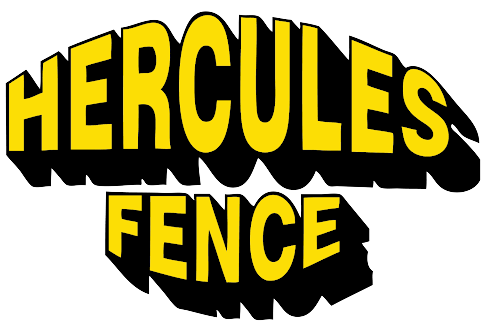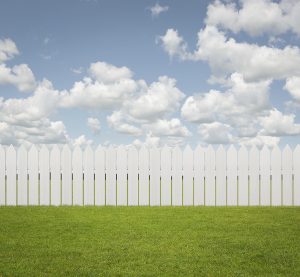Palisade fences have a rich history that dates back centuries, evolving from simple wooden structures used for defense to modern, sophisticated security barriers. Originally employed as a defensive measure, these fences have witnessed significant upgrades over the years, adapting to the changing needs of society. In this blog, we will explore the fascinating history of palisade fences and how they have been transformed into essential components of modern security systems.
Ancient Origins
The concept of palisade fences can be traced back to ancient times when civilizations sought innovative ways to protect their settlements. Early examples include the wooden palisades erected by ancient Greeks and Romans to fortify military camps and strategic outposts. These early fences were primarily composed of sharpened wooden stakes driven into the ground, creating a formidable barrier against potential invaders.
Medieval Fortifications
During the medieval period, palisade fences became integral components of castle defenses. The wooden structures were often complemented by stone walls, providing an additional layer of protection. The height and thickness of the palisades increased, and in some cases, moats were added to enhance the overall defensive capabilities of the fortifications.
The Transition to Modern Times
As societies advanced and technological innovations emerged, the need for more robust and versatile security measures became evident. Palisade fences underwent a transformation during the Industrial Revolution with the introduction of metal materials such as wrought iron and steel. This transition marked a significant leap in the strength and durability of palisade fences, making them more effective against evolving threats.
Modern Upgrades
In the 20th century, palisade fences evolved into sophisticated security barriers designed to meet the demands of contemporary society. The integration of advanced materials, such as high-strength steel and anti-climb features, has made modern palisade fences highly resistant to intrusion. Additionally, manufacturers now offer customization options, allowing property owners to tailor their security fences to specific requirements.
Key Features of Modern Palisade Fences
Material Innovation
Modern palisade fences are constructed using high-quality materials like galvanized steel or aluminum, ensuring durability and resistance to corrosion. This enhances the longevity of the fence, making it a cost-effective security solution.
Anti-Climb Design
To counteract the threat of unauthorized access, modern palisade fences often incorporate anti-climb features, such as pointed or spiked tops. This deters intruders and enhances the overall security of the enclosed area.
Customization Options
Property owners can choose from a variety of designs, heights, and finishes to match the aesthetic requirements of their surroundings. This level of customization ensures that the security fence seamlessly integrates with the overall architecture of the property.
Electronic Integration
In the digital age, palisade fences have been integrated with electronic security systems, including surveillance cameras, sensors, and access control systems. This synergy between physical and electronic security enhances overall effectiveness.
Choose Hercules High Security to Protect Your Property
Whether you need White House-level security fencing, or you need the perfect version of a white picket fence to guard your business or residential property, trust the experts at Hercules High Security. For more information and to learn how we can meet your custom fencing needs, contact Hercules High Security online or give us a call at 1-800-395-9597. Our professionals are ready to serve you from Maryland and the Washington Metropolitan area to Richmond, Virginia. We have branch offices in Manassas, Richmond, Newport News, Norfolk, Virginia, and Maryland. We will ensure your investment serves your family and your business for years to come! For updates and to see projects we’re working on, visit us on Facebook, Twitter, LinkedIn, and Pinterest.



